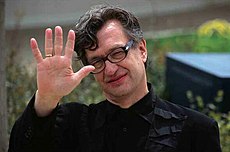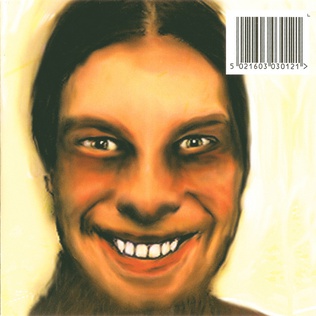
...I Care Because You Do is the third studio album by electronic musician Richard D. James under the alias Aphex Twin, released on 24 April 1995 by Warp. Containing material recorded between 1990 and 1994, the album marked James's return to a percussive sound following the largely beatless Selected Ambient Works Volume II (1994), and pairs abrasive rhythms with symphonic and ambient elements. The cover artwork is a self-portrait by James.

Goldfrapp are a British electronic music duo from London, formed in 1999. The duo consists of Alison Goldfrapp and Will Gregory (synthesiser).

Neurosis is an American avant-garde metal band from Oakland, California. It was formed in 1985 by guitarist Scott Kelly, bassist Dave Edwardson, and drummer Jason Roeder, initially as a hardcore punk band. Chad Salter joined as a second guitarist and appeared on the band's 1987 debut Pain of Mind before being replaced by Steve Von Till in 1989. The following year, the lineup further expanded to include a keyboardist and a visual artist. Beginning with their third album Souls at Zero (1992), Neurosis transformed their hardcore sound by incorporating diverse influences including doom metal and industrial music, becoming a major force in the emergence of the post-metal and sludge metal genres.
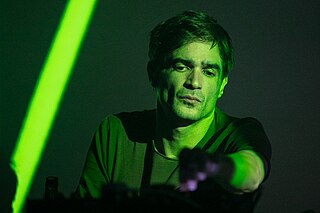
Jonathan Julian Hopkins is an English musician and producer who writes and performs electronic music. He began his career playing keyboards for Imogen Heap, and has produced but also contributed to albums by Brian Eno, Coldplay, David Holmes and others.
Stephen James Wilkinson, better known as Bibio, is an English musician and producer. He is known for a distinct analog lo-fi sound, and for working in a diverse range of genres, beginning in folktronica and ambient and later stretching to include instrumental hip hop, indie pop, electronica, soul, funk, and alternative R&B.
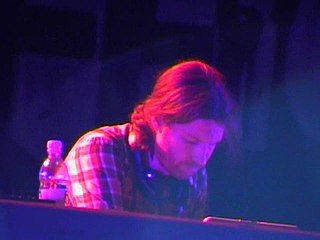
Richard David James, best known by the alias Aphex Twin and less prominently as AFX, is a British musician, composer and DJ. He is best known for his idiosyncratic work in electronic styles such as techno, ambient, and jungle. Music journalists from publications including Mixmag, The New York Times, NME, Fact,Clash and The Guardian have called James one of the most influential or important contemporary electronic musicians.

Brian Wayne Transeau, known by his initials as BT, is an American musician, DJ, singer, songwriter, composer and audio engineer. An artist in the electronica music genre, he is credited as a pioneer of the trance and intelligent dance music styles that paved the way for EDM, and for "stretching electronic music to its technical breaking point." In 2010, he was nominated for a Grammy Award for Best Electronic/Dance Album for These Hopeful Machines. He creates music within a myriad of styles, such as classical, film composition, and bass music.
CFCF is the stage name of Canadian electronic musician/vocalist Michael Silver. Based in Montreal, Silver took the name CFCF from the call sign of the city's CFCF-TV.
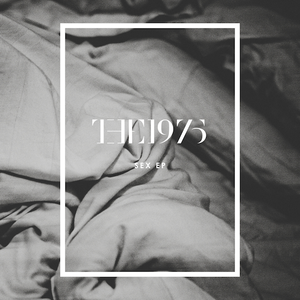
Sex is the second extended play (EP) by English band the 1975. It was released on 19 November 2012 by Dirty Hit. A modified version was released in the US on 1 January 2013 by Dirty Hit and Polydor Records. The band produced the EP alongside Michael Coles, Robert Coles and Mike Crossey. They drew musical inspiration from Sigur Rós, Brian Eno and filmmaker John Hughes while thematically focusing on the passage of time. Prior to the record's debut, a music video for "Sex" was released.

PUP is a Canadian rock band formed in Toronto, Ontario in 2010, originally under the name Topanga. PUP's self-titled debut album was released on October 8, 2013, on Royal Mountain Records. In December 2013, PUP signed with SideOneDummy Records and re-released their debut album in the United States on April 8, 2014. The group was in the studio in late 2015 recording their second album The Dream Is Over which was released on May 27, 2016 through SideOneDummy. The band's third album, titled Morbid Stuff, was released on April 5, 2019. This Place Sucks Ass, a six-track EP, was released on October 27, 2020.
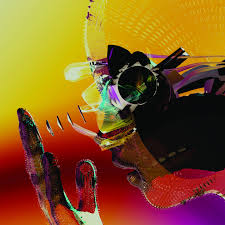
Motion Graphics is the self-titled debut studio album of American musician Joe Williams' project Motion Graphics. Williams initially planned it to be "a synth pop record without any nostalgia," and this plan turned into an ambient album about the feeling of being able to go to limitless places due to technology. In achieving this feel, Williams used the visual programming language Max for Live to create a virtual instrument that scrolled through 100 patches at random; when a note was inputed, the instrument froze at a patch. The record's overall sound palette is a combination of organic and non-organic elements; when using software instruments that replicated real-life instruments, such as clarinets and marimbas, Williams wanted to take advantage of the “quirks and glitches within them" that lead to the instruments making sounds that they could not possibly make if performed acoustically.
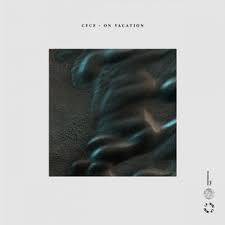
On Vacation is a mini-album by Canadian electronic musician Michael Silver, known by his stage name as CFCF, and the second record in Balearic beat music label International Feel's On Vacation mini-album series. On Vacation was initially planned to be a project of two extended plays titled Road Movie and House Music; this was before an International Feel A&R worker suggested to Silver he should make the project one whole album. International Feel first released vinyl versions of the LP in Europe on February 17, 2016 before releasing it in digital shops all around the world on February 19.

"The Colours of Life'" is a composition written and recorded in 2011 by Canadian electronic musician Michael Silver, known by his stage name as CFCF. The 40-minute, twelve-movement track was influenced by what Silver described as "some really cornball music," such as the works of singer Phil Collins and the Windham Hill label. The style Silver went for with "The Colours of Life" was "call waiting background music, just the most pleasant thing and kind of trying to push to the edges of tolerable cheese in some places, but also have it be totally sincere and not ironic, like actually purely pleasurable music."
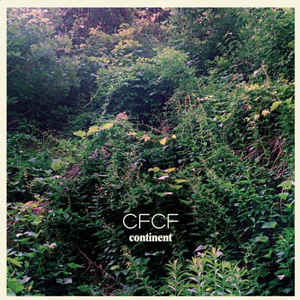
Continent is the debut studio album by Canadian electronic musician Michael Silver, known by his stage name as CFCF. It was released on October 27, 2009 by the label Paper Bag Records. Continent is a downtempo dance album that was described by one reviewer as "dance music that doesn't want you to dance." It includes elements from a variety of styles such as IDM, balearic, synthpop, rave, and disco and differs from later CFCF albums more focused on new age and ambient compositions. Continent features a cover of the song "Big Love" by Fleetwood Mac. The LP garnered very favorable reviews from professional music reviewers, praises going towards its compositions, arrangements and use of musical styles.

The River is an extended play written and produced from 2009 to 2010 by Canadian electronic musician Michael Silver, known by his stage name as CFCF. It was inspired by Werner Herzog's 1982 film Fitzcarraldo. Described by RVNG Intl.'s press release as a series of "lucid sound sequences from a lunatic mind," the experimental downtempo psychedelic new age EP was analyzed by music journalist Jonny Coleman as the story of a character who is stranded in a rural, tribal land. The River is a set of six original tracks by Silver with digital download versions of the record containing four remixes of songs from the EP by acts such as Jacques Renault, Coyote, and Games. The River was released by label RVNG Intl. on October 12, 2010 to generally positive reviews from critics, some reviewers calling its more modern-sounding cuts to be the best of the entire record.
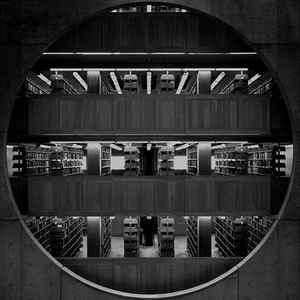
Exercises is the fifth extended play in the discography of Canadian musician Michael Silver, known by his stage name as CFCF. The extended play was inspired by brutalist architecture and several synthesizer-heavy modern classical and piano-only works that Silver listened to during the fall and winter of 2010–11, which were the "soundtrack" to how he felt "kind of uncertain” in those seasons. Its cover art by Ken Schwarz, Josh Clancy, and Travis Stearns shows one of the buildings the extended play was inspired by.

Outside is the second studio album of Canadian electronic musician Michael Silver, known by his stage name as CFCF. Silver began work on a second CFCF LP shortly after the release of his debut album Continent (2009) in order to increase his reputation of being more than just a "house DJ." The record has feelings of being tired and hoping to reach something, which was influenced by Silver's experience in traveling to and from places such as New York, Toronto, and Montreal. He would often look at other landscapes while he was bored during travels and became "immersed" in the fantasies caused by looking at them.

Radiance and Submission is the third studio album of Canadian electronic musician Michael Silver, known by his stage name as CFCF. Silver was inspired to make Radiance and Submission from his purchase of an acoustic guitar. Therefore, the LP involves numerous guitar melodies and harmonies playing at the same time. It was released on July 31, 2015 by the label Driftless Recordings and was Silver's first Billboard entry, peaking at number eight on the magazine's American New Age Albums chart. Radiance and Submission garnered a mixed critical reception upon its distribution.

Cascades is a collaborative extended play between electronic musician Michael Silver, known by his stage name CFCF, and neoclassical pianist Jean-Michel Blais. The EP is a set of five post-minimalist ambient re-workings, the first four of them being of original tracks by Blais and CFCF and the final one being a rework of John Cage's "In A Landscape." Released by the label Arts & Crafts on March 15, 2017, Cascades received very positive opinions from professional music critics, a common praise being the "distinct blend of the artists’ digital styles," stated PopMatters.
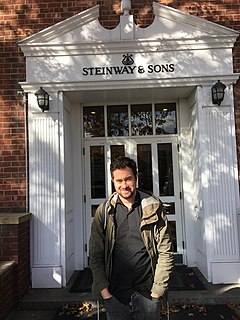
Jean-Michel Blais is a composer and pianist from Québec, Canada. He currently resides in Montreal.

